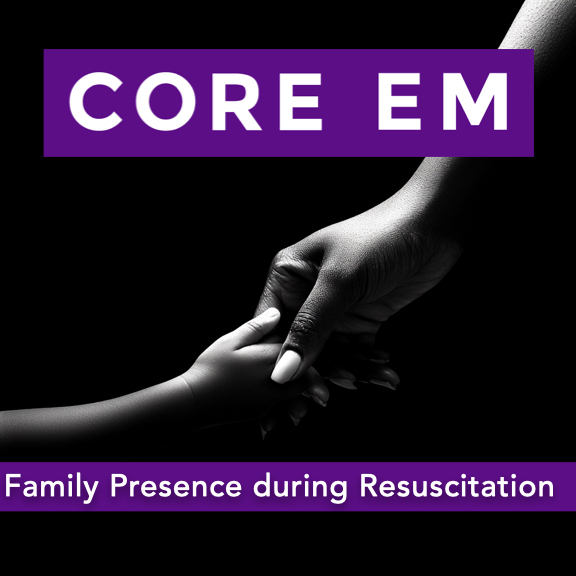We discuss the impact of family presence during resuscitations.
Hosts:
Ellen Duncan, MD, PhD
Brian Gilberti, MD

We discuss the impact of family presence during resuscitations.
Hosts:
Ellen Duncan, MD, PhD
Brian Gilberti, MD
New England Journal of Medicine study on Family Presence During Cardiopulmonary Resuscitation (Jabre et al., 2013):